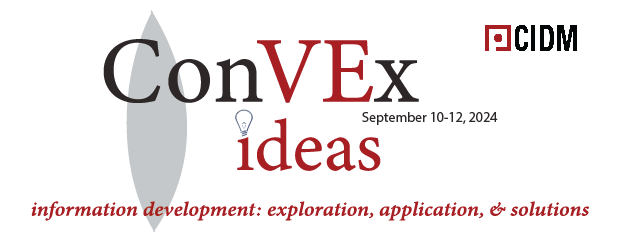No more satellite ID teams
Presentation Abstract
It’s easy for ID teams to feel like they’re not really part of the team, but instead function like satellites, floating around the main body, waiting for information to come to them. It’s easy for development to forget about ID when they make design changes and other functional decisions. This unhealthy relationship won’t work in an agile environment. In order for an ID team to be successful in an agile project, the ID professionals must aggressively enmesh themselves in the main body of the team. There are a lot of individual practices that will help you be successful, but nothing will work if you’re not an important cog in the project.
In this presentation, I will share agile best practices from 7 years of experience in multiple projects. After starting in my first agile project in an ideal (small, local team working on a new project) environment, I moved onto a different project with a less than ideal environment (huge, sprawling team trying to slowly convert to agile). Finally, I settled into my latest project in an environment that is at neither extreme. I’ve been able to take the lessons learned in trying many different practices to come up with real world best practices for an ID team in an agile environment. These best practices include, first and foremost, being a real member of the team, faithfully using a project management tool, having a template for ID tasks that are due to ID by an agreed-on date, and working in lock-step with development, with a couple days of wiggle room at the end of a sprint for finalizing approvals.
What can the audience expect to learn?
I have had a wide range of agile experiences. Through these experiences, I’ve gained insights about working on an agile team that will benefit anyone at any stage of their agile journey. I’ve been on small, collocated teams, huge globetrotting teams, and some in-between. I’ve joined teams that are already agile and are trying to refine their practices and I’ve been on brand new teams where I got to help define agile practices. Working on an agile team can be very frustrating, but I have tips that can help make it easier.
Meet the Presenter
 I have worked as an ID professional for IBM for 17 years. From books to PDFs to knowledge centers, I’ve seen a lot of change in the ID profession over the years, but none have been as striking as the change from waterfall to agile.
I have worked as an ID professional for IBM for 17 years. From books to PDFs to knowledge centers, I’ve seen a lot of change in the ID profession over the years, but none have been as striking as the change from waterfall to agile.
